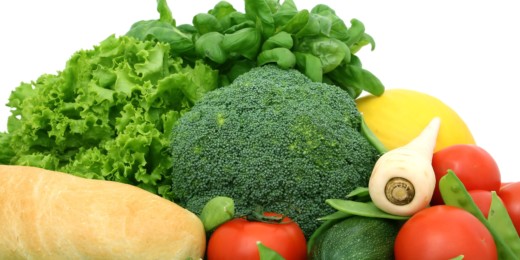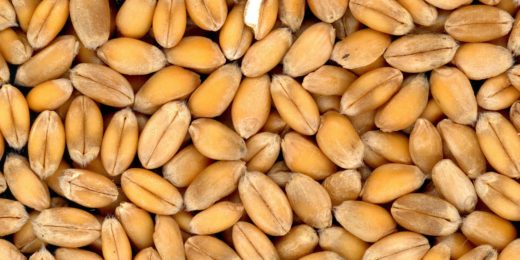Just as the name implies, a raw food diet shuns foods that have been cooked. This excludes many common staples, such as flour, sugar, legumes, and cooked meat. This leaves fruits, raw vegetables, nuts and seeds.
An advantage of this diet is that it emphasizes foods that are only slowly digested and that contain fewer calories for a given volume. Like a “volumetric” diet (bulky foods with limited calories), a raw food diet has advantages as a diet for weight loss. It is a difficult diet to maintain and its primary downside is its exclusion of many sources of fats and protein.
Health rationale slogan: Raw is the ultimate unprocessed food diet. Your body will be burning calories while doing the work of extracting nutrients from foods.
Analysis: The raw food diet deserves a mixed verdict. This diet emphasizes some of the best of healthy food sources. Fruits and fibrous vegetables are high in beneficial micronutrients and fiber. This diet also avoids unhealthy, high-calorie processed foods (although some who follow this diet include cold-pressed oils, like olive oil).
The limited sources of protein, however, may cause health problems. Even with adequate calories, the limited protein may cause subtle signs of malnutrition, including skin changes and irregular menstrual periods in women. Potentially allowable sources of protein include sprouted seeds and legumes as well as risky consumption of raw fish and meat.
For people not trying to lose weight, a raw food diet is unlikely to provide sufficient calories. Contrary to some raw food proponents, according to Stanford nutrition specialist Christopher Gardner, PhD:
Appropriately cooking, and not overcooking, food allows for the retention of most vital nutrients. Light cooking adds enormous palatability and tastiness to very healthy foods that ideally should be a dietary priority. In my mind, the resulting increased consumption of these foods more than makes up for any nutrient losses caused by heat.
Easy to follow?: Difficult to follow long-term because the range of permissible foods is so limited.
Dominant source of protein: Limited to nuts and sprouted grains and legumes.
Most common fats: Usually limited to nuts and avocado.
What about carbs?: Good carbs found in fibrous vegetables.
When it goes wrong: Aside from several nutritional deficiencies, it’s hard to make this diet unhealthy from the viewpoint of chronic disease risk. In fact, it may be a good diet for short-term use to initiate weight loss and dietary change. Long-term use is unsustainable and unhealthy without strategic deviations from this diet and the use of dietary supplements.
To make it healthier: A raw food diet may be worth considering for short-term use, particularly as a transition to more diverse healthy diet. Raw foods could also serve as the backbone of a very healthy diet that includes greater food diversity, especially sources of healthy oils and proteins.
If you're going to cheat: For long-term use, eating something besides raw food is a necessity. The most logical deviations are to include protein sources that bring this diet closer to a vegan diet (adding plant sources of protein such as cooked soy products), an ovo-lacto vegetarian diet (adding plant, egg and dairy sources), or a paleo diet (adding lean meats).
Conclusion: A healthy short-term diet that is difficult to follow long-term because of the limited food choices and the limited amounts of protein and some important nutrients.
This is the sixth post in a series called A Skeptical Look at Popular Diets. The series will review the eight currently most prominent diets in America. The next blog post will discuss low-carbohydrate diets.
Randall Stafford, MD, PhD, is a professor of medicine at Stanford. He practices primary care internal medicine and studies strategies for preventing chronic disease. Stanford professor and nutrition scientist Christopher Gardner, PhD, examines the impact of diet on health and disease. Sophia Xiao provided research assistance.
Photo by dbreen






